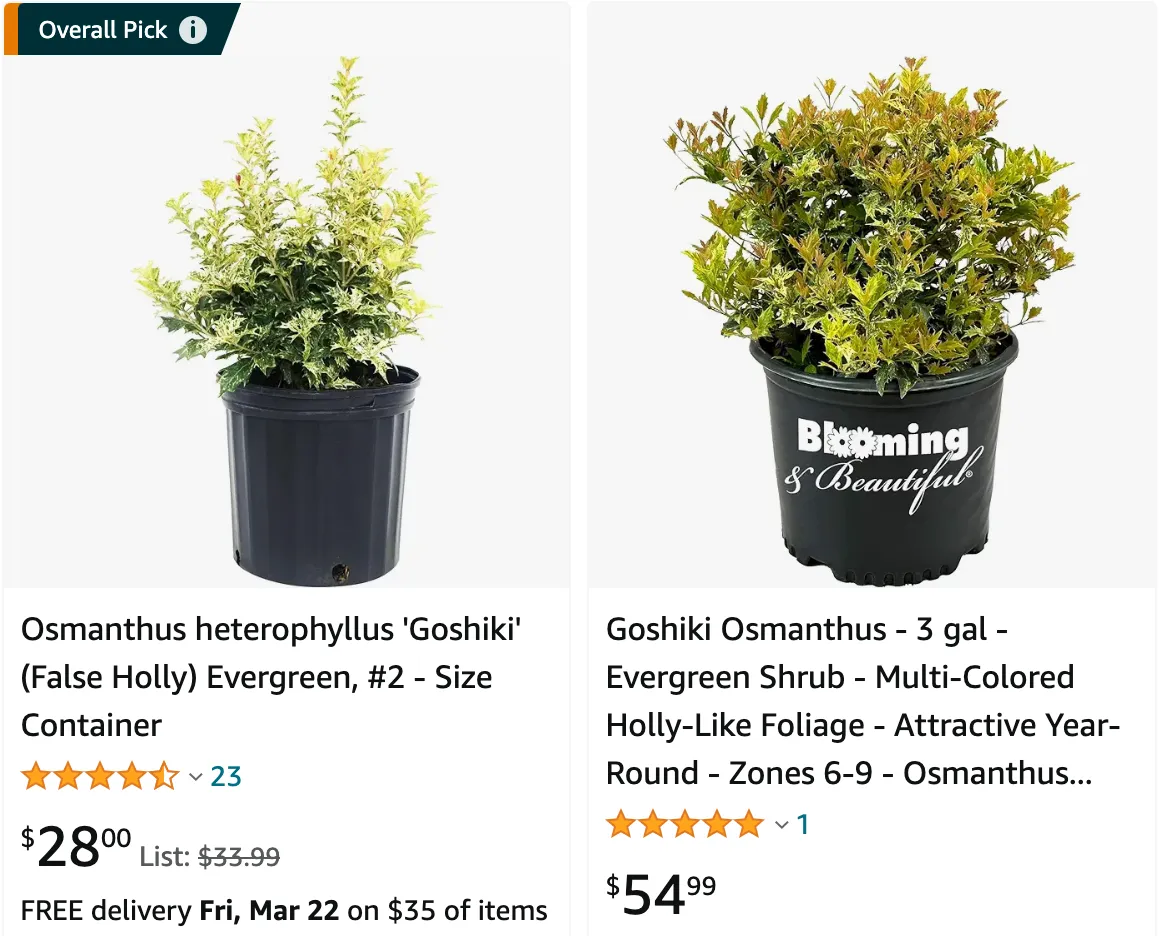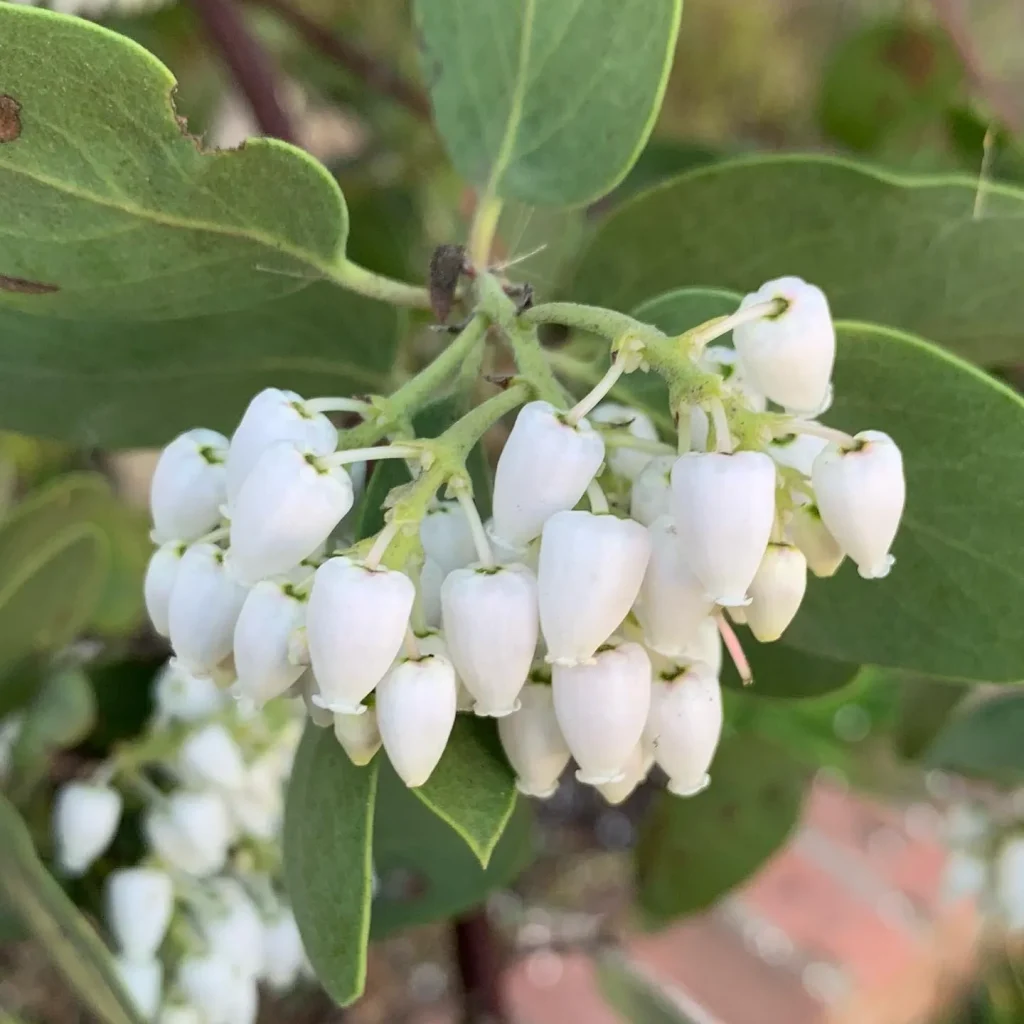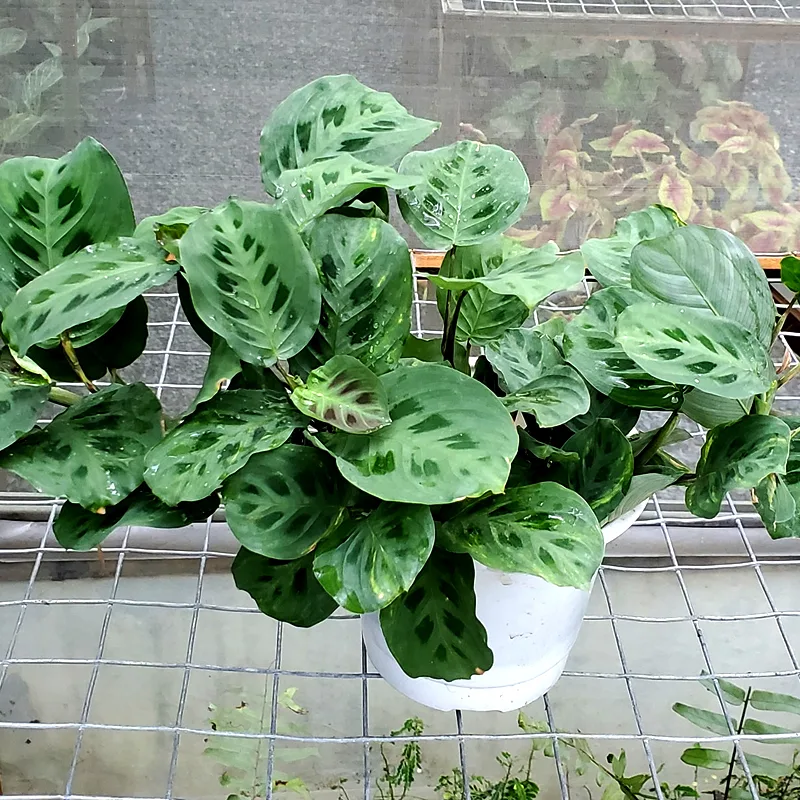
A Gardener’s Guide to the Osmanthus Heterophyllus: Fragrant Beauty with Flexible Form
The Osmanthus heterophyllus, also known as the holly osmanthus, holly olive, or false holly, has become a cherished resident of my garden. This captivating shrub, with its glossy green foliage and intoxicatingly sweet fragrance, adds a touch of elegance and perfume to my outdoor space. Over the years, I’ve learned a great deal about caring for this versatile plant, and I’m excited to share my experience with fellow gardeners.
One of the things that initially drew me to the Osmanthus heterophyllus was its adaptability. Unlike some finicky shrubs, this one thrives in a variety of conditions. Whether you have a sunny spot or a location with dappled shade, the Osmanthus heterophyllus will likely flourish. Another aspect that piqued my interest was its form. The shrub boasts a naturally bushy shape, but I was curious to know if I could influence its silhouette through pruning.
26 Species in Genus Osmanthus
Can Osmanthus heterophyllus be trimmed to shape?
Absolutely! The Osmanthus heterophyllus responds well to pruning, making it a great choice for gardeners who enjoy shaping their plants. The best time to prune is in late winter or early spring, before new growth emerges. You can use sharp shears or a pruning saw to remove any unwanted branches, thin out congested areas, or simply maintain the shrub’s desired shape.
When pruning, it’s important to remember that the Osmanthus heterophyllus is a slow grower. Aim for light pruning sessions rather than drastic cuts. Remember, you can always take away more later, but you can’t put branches back on!
How big will an Osmanthus heterophyllus Goshiki be?
The Osmanthus heterophyllus Goshiki, a stunning variegated variety with splashes of yellow and cream on its leaves, is a popular choice for its unique appearance. This specific cultivar typically matures to a height and width of around 6 to 8 feet, making it a good option for smaller gardens or planting in containers.
When to prune Osmanthus heterophyllus variegatus?
Just like its green-leafed counterpart, the Osmanthus heterophyllus variegatus can be pruned using the same principles. Prune in late winter or early spring for optimal results. However, with variegated varieties, it’s especially important to be mindful of where you make your cuts. Aim to remove branches that have reverted back to solid green foliage, as this will help maintain the variegated pattern of the shrub.
Beyond the Basics: Caring for Your Osmanthus heterophyllus
Here are some additional tips for ensuring your Osmanthus heterophyllus thrives in your garden:
- Watering: Water regularly, especially during the first year after planting and during periods of drought. The soil should be moist but not soggy.
- Soil: The Osmanthus heterophyllus prefers well-drained, slightly acidic soil. If your soil is heavy clay, consider amending it with compost or sand to improve drainage.
- Fertilizer: A balanced fertilizer applied in early spring can promote healthy growth and flowering. However, avoid over-fertilizing, as this can lead to excessive foliage growth at the expense of flowers.
Aromatic Delight: A Word on Fragrance
One of the true joys of owning an Osmanthus heterophyllus is its intoxicating fragrance. The small, white flowers that appear in late fall and winter release a powerful scent that is often described as sweet, olive-like, or even apricot-y. The fragrance is particularly noticeable on warm evenings, filling the air with a delightful perfume.
A Gardener’s Companion: What to Plant with Your Osmanthus heterophyllus
The Osmanthus heterophyllus pairs beautifully with a variety of other plants. Here are a few suggestions:
- Camellias: These flowering shrubs share similar bloom times and prefer similar growing conditions.
- Azaleas: The vibrant colors of azaleas can provide a stunning contrast to the green or variegated foliage of the Osmanthus heterophyllus.
- Hostas: Hostas add a touch of texture and shade tolerance to the planting scheme.
By following these tips and enjoying the process of caring for your Osmanthus heterophyllus, you can cultivate a fragrant and beautiful addition to your garden that will bring you pleasure for years to come.
If i die, water my plants!



